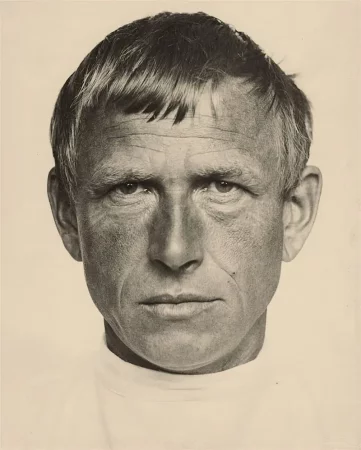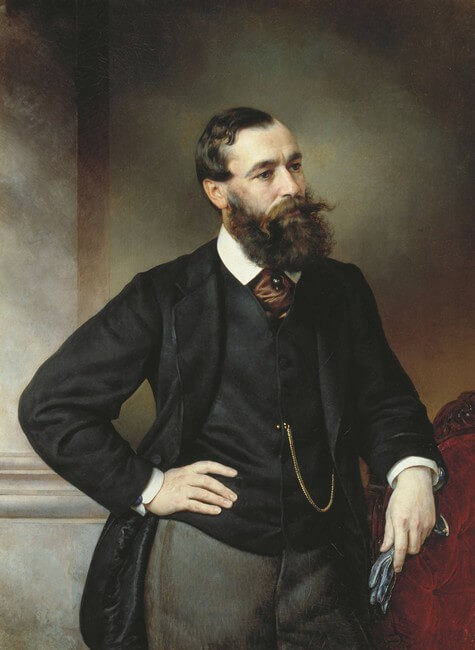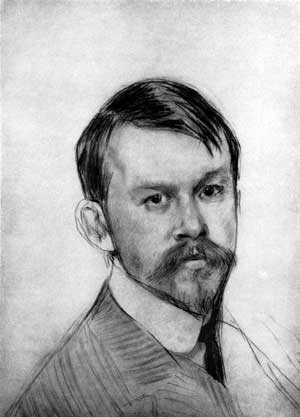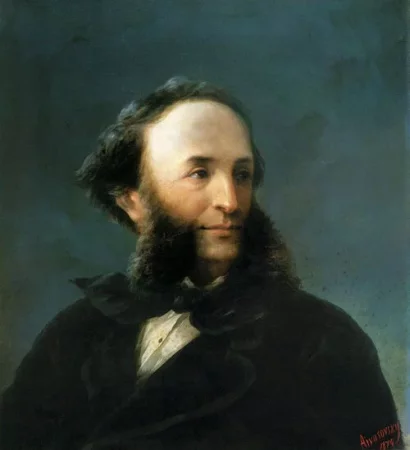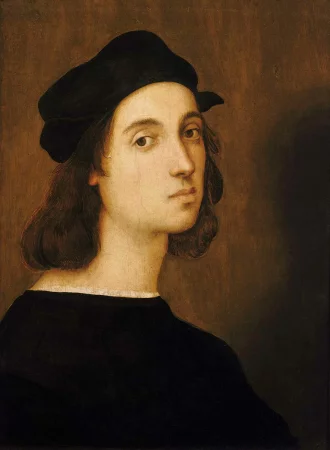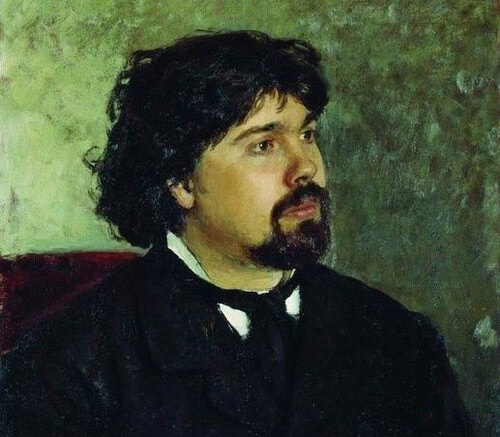Artist Otto Dix - Paintings and Biography
Wilhelm Heinrich Otto Dix was born on December 2, 1891 in the city of Gera and in the family of a metallurgist and a seamstress. The future painter got his education at the School of Applied Arts in Dresden as an interior fitter. Of course, it was way too far from the world of high art. Dix was exempted from tuition fees and, in addition to that, he got awarded a scholarship. As an artist, he was greatly influenced by the creation of Vincent van Gogh as well as by the works of a prominent representative of expressionism style, Edvard Munch.
Through his entire life, Otto Dix opposed to the bourgeois regime of fascism. Any injustice used to cause him get worried about the future not only of Germany, but of the entire modern world, and this, in turn, resulted in his participation in various progressive associations.
World War I. So many of young and ambitious artists dreaming of change were heading to the front as volunteers. Dix was among them. He admitted his demand to experience hunger, parasites and dirt. He did know what he was getting into and obtained the sensations he craved.
Otto Dix fought in different hot spots. Being an artilleryman, he participated in one of the bloodiest battles of the First World War, namely the one that took place on the Somme River. But even in those conditions, the master did not stop creating, which was accordingly reflected in the pictures of the front-line period of his creation.
Dix was truly obsessed with war. He had neither patriotic nor peacekeeping ideas. It was just him and the war. One on one. And it was so for four long years. After getting hospitalized in 1918, he retrained as a pilot.
However, the time passed and Otto had to return to a normal peaceful life. And there, his only passion was the art.
Otto Dix had a breathtaking career awaiting him. This included the contracts with galleries in Germany and America, a professorship at the Dresden Academy of Arts and also an invitation to join the Prussian Academy, as well as participation in various exhibitions. He traveled all over Germany.
At a time when expressionism was getting popular in painting in the twenties of the twentieth century, Dix painted his pictures, proudly referring to himself as a realist. And not without purpose...
The painter became famous owing to two directions in his creation. First and foremost is portrait painting, while the second one is merciless, truthful stories about life between the two greatest wars in the history of mankind. The diseases and war, and death, and lust – everything was there. Dix's paintings terrify the viewers, who are getting shocked by what their eyes see, but are no longer able to tear themselves away. The painter admitted that he had only four muses to help him create: nature, Nietzsche, Goethe and the Bible.
The thirties, once the National Socialism had come to power, were the most difficult time in Dix’ time. Although Otto was a German who participated in two wars, he did not support the Hitler’s national ideas, and this fact found its reflection in his works of art. The leadership of Nazi Germany prohibited the exhibition of Dix's works, especially those depicting ugly and tragic scenes of the war. His canvases were removed from museums in 1934. Some of those paintings hung shamefully at the Degenerate Art exhibition and were subsequently destroyed.
The painter got fired from the academy. Along with his wife and children, he moved to a small outback on the border with Switzerland, to escape there, should something happen. However, Dix stayed in Germany until the end of his life.
The artist was no longer attracted to the war. His fervor burned down along with his canvases. Nevertheless, in 1945, already aged man was called to the front. In 1946, he returned from French captivity to his homeland, where he was no longer famous. In some short time, he has started to participate in the exhibitions, and his talent was recognized by several academies. In just a few years, two books will be written about him, devoted to his merits in the world of art.
He used to be very calm about his own death. The artist saw her in person many times, and was ready for the very last encounter. It occurred on July 25, 1969 in the city of Singen. The artist passed away at the age of 77.
Comments (0)
Top
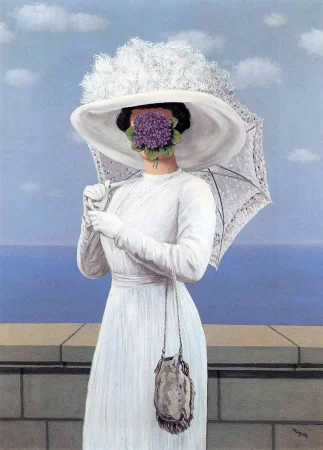 Painting The Great War, Rene Magritte - Meaning and Analysis
Painting The Great War, Rene Magritte - Meaning and Analysis
The Great War - Rene Magritte. Canvas, oil. 81 x 60 cm...
10.10.23
1 479
0
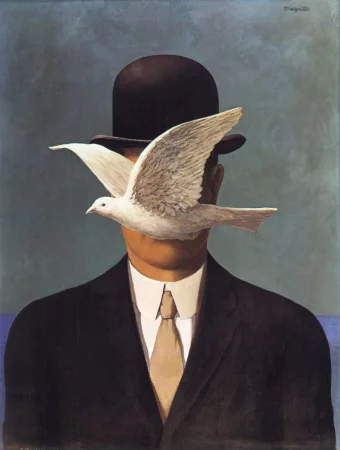 The man in the bowler hat, Rene Magritte
The man in the bowler hat, Rene Magritte
The man in the bowler hat - Rene Magritte. Canvas, oil. 70 x 50 cm...
06.09.23
3 254
0
